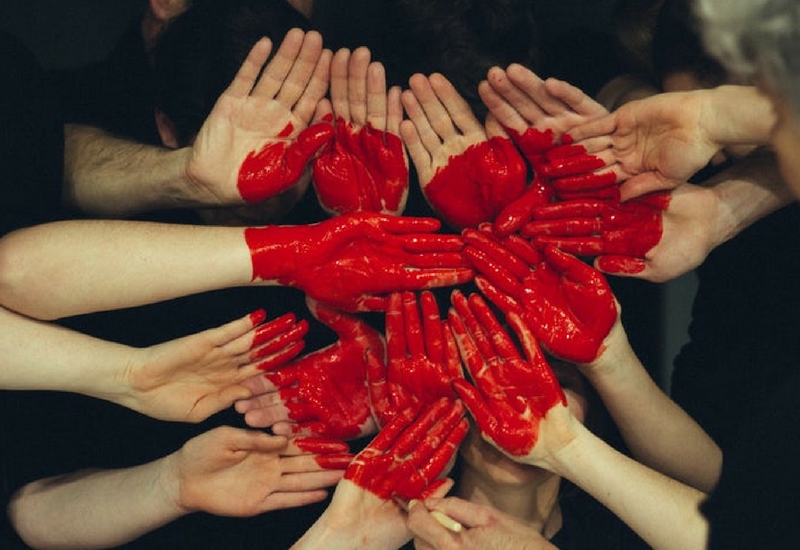Over the course of this blog, we’ve written about various ways that philanthropy can be manifested here in the Balkans and elsewhere. You can give in both small in big ways. (Yes, I say that a lot, but it’s a pretty major thing to remember.) Going back to our definition of philanthropy in a broad sense: it’s all about love. But being humans, we can tend to be a bit self-centered. So, why exactly do we give in the first place?
Well, the answer is a bit complex. Some people would argue that there is a self-centered reasoning behind being philanthropic. However, I’d say that is too simplistic and a bit pessimistic. There, at times, is an inherent desire to assist others, and we can do that through philanthropy. We also get the added bonus of the positive mental stimulus that giving provides.
Sean Stannard-Stocktonwrites in the Stanford Social Innovation Review that being philanthropic stems from more than simple economics. He argues that being altruistic and giving financially (and I would add in ways beyond just monetary) is part of our humanity since, as he notes, we are “communal animals.” Social networks we create are inherent to our well being, so it’s not so outrageous to believe that giving in someway is actually healthy for us. It strengthens our community. In reputing people who may say that people give out of selfish reasons, Sean argues:
“Humans are interconnected with each other whether we like it or not. The fact that helping others also helps us does not diminish the act of giving. It is the brilliant fact of life that makes community work.”
In a piece for the Guardian, researchers Michael Sanders and Francesca Tamma note:
“The explanations for charitable giving fall into three broad categories, from the purely altruistic – I donate because I value the social good done by the charity. The “impurely” altruistic – I donate because I extract value from knowing I contribute to the social good for the charity. And the not-at-all altruistic – I donate because I want to show off to potential mates how rich I am.”
Further, they dissect it a bit more (and they back up their claims with a lot, and I mean a lot, of research), and go various themes on giving. They establish: one, people will give with their ‘hearts’ over their ‘heads.’ So, it’s not even about the statistics behind giving or even how successful a charity or non-governmental organization is. If there is a narrative that people can sympathize with, then they are more likely to respond by giving. This is also backed up from research that shows that when narratives soliciting some sort of donation are created, people tend gravitate toward, empathize with, and contribute more to causes where one or a handful of people are discussed as in need.
Two, people can be influenced to give by the people around them. And as Michael and Francesca point out, the people that associated with giving do not even have to be known personally to them. They give a great example of how donors will give more money for a campaign being matched by the Bill and Melinda Gates Foundation over say an unknown entity or anonymous donor.
Three, people give more when they see others give. Essentially, if your social group is donating, you’re more likely to also donate.
Though this research is, of course, interesting, it also serves a purpose besides just explaining giving: It can be used as a tool for organizations to optimize their own funding strategies. Understanding how people give could help organizations connect better with their local communities and to create funding strategies that continue to support social change.
Regardless, at the end of the day, giving back does feel good and serves not only you own mental health but also to those you are giving to. We encourage you to keep feeling good and participating in philanthropic events. For opportunities to give, please visit our Facebook page where we post those chance to give back throughout the entire Western Balkans.
Moreover, we also want to know about you and your reasons for giving. Let us know in the comments!


Leave a comment